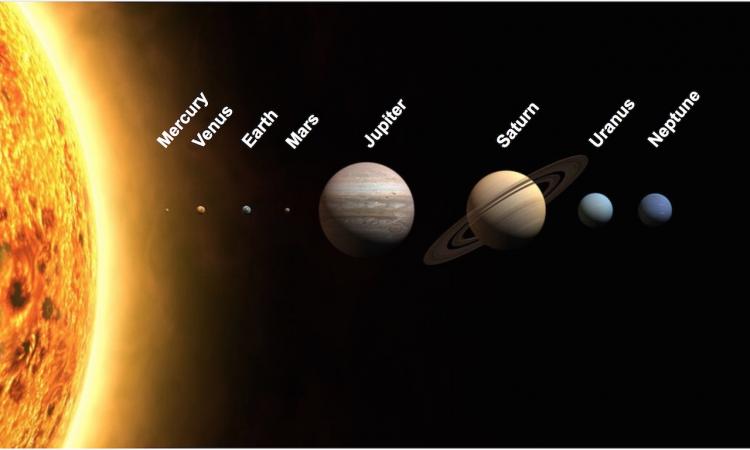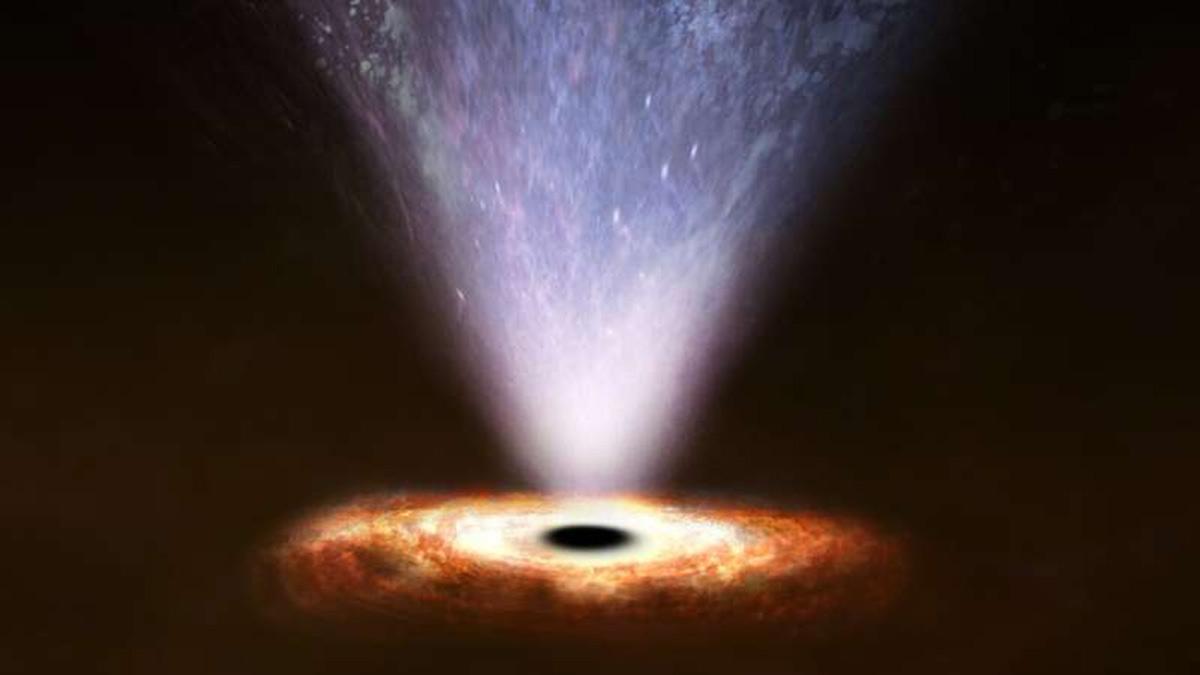A new research using magnetism has provided significant data that will help inform scientists about the early origins of the solar system and why some planets such as Earth became habitable and were able to sustain conditions conducive for life, while other planets, such as Mars, did not.
In a new paper published in the journal Nature Communications Earth and Environment, researchers at the University of Rochester were able to use magnetism to determine, for the first time, when carbonaceous chondrite asteroids — asteroids that are rich in water and amino acids — first arrived in the inner solar system.
The research also gives scientists data that can be applied to the discovery of new exoplanets.
"There is special interest in defining this history -- in reference to the huge number of exoplanet discoveries -- to deduce whether events might have been similar or different in exo-solar systems," said John Tarduno, the William R. Kenan, Jr., Professor at Rochester.
In order to learn more about the origin of meteorites and their parent bodies, Tarduno and the researchers studied magnetic data collected from the Allende meteorite, which fell to Earth and landed in Mexico in 1969.
The Allende meteorite is the largest carbonaceous chondrite meteorite found on Earth and contains minerals that are thought to be the first solids formed in the solar system.
It is one of the most studied meteorites and was considered for decades to be the classic example of a meteorite from a primitive asteroid parent body.
New experiments by Rochester graduate student Tim O'Brien, the first author of the paper, found that magnetic signals interpreted by prior researchers was not actually from a core as earlier thought.
Instead, the magnetism is a property of Allende's unusual magnetic minerals.


















